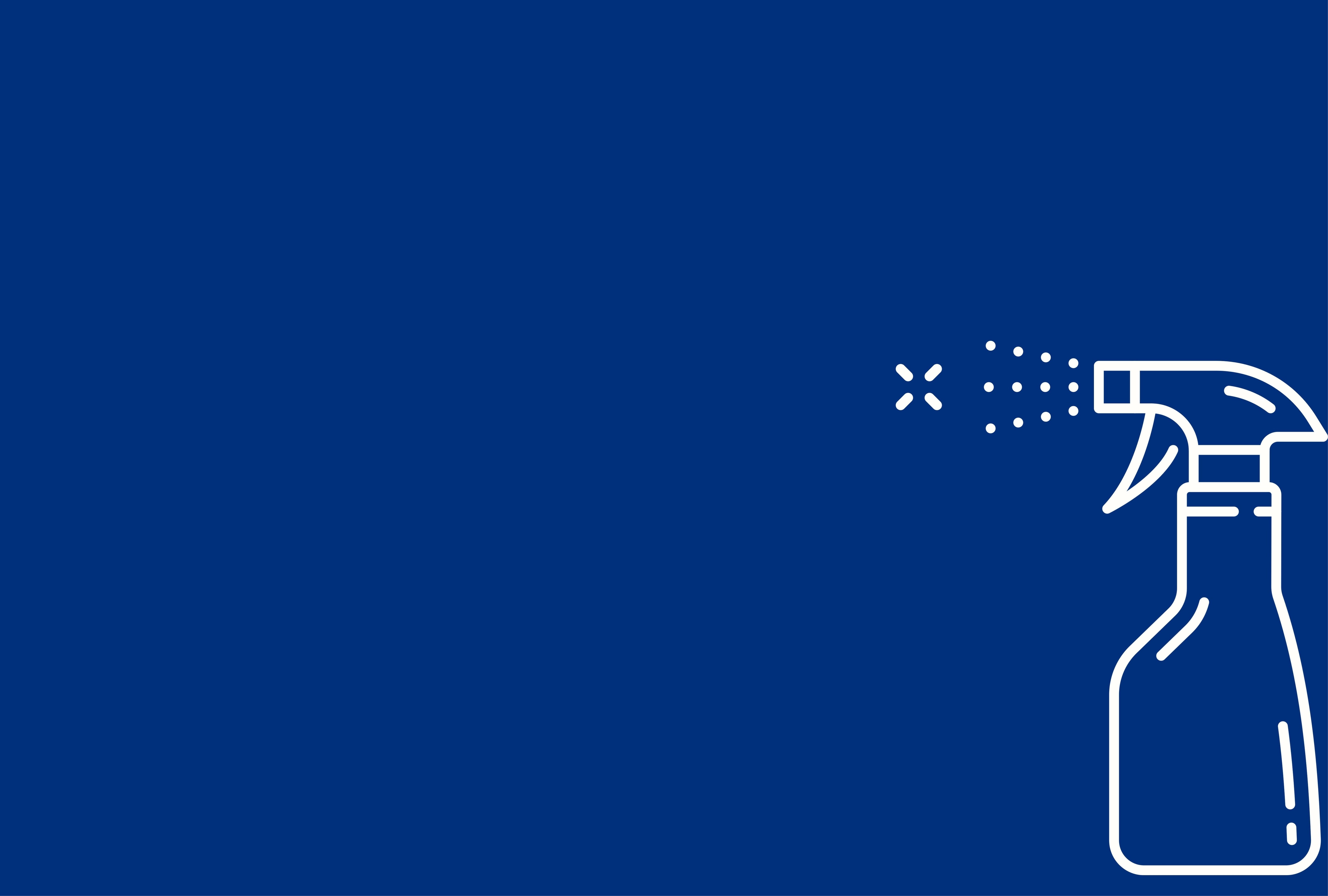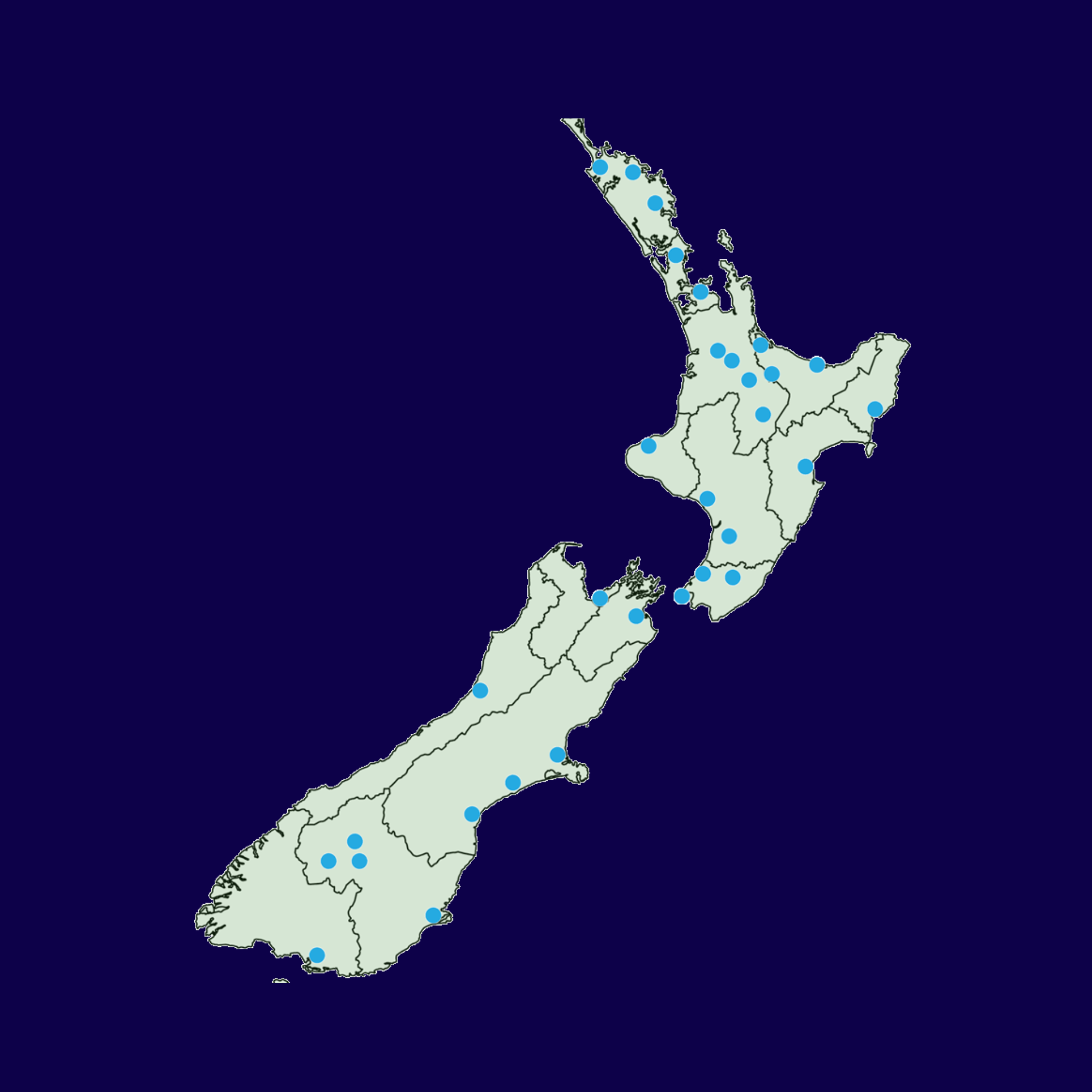Resources & Guides
Here you’ll find everything you need to get the most out of your safe. From product manuals, FAQ's and maintenance information.
Battery & Combination Changes
In the section we provide guidance on the changing of batteries and combination codes for a common range of electronic locks produced by both La Gard and Tecnosicurezza (Tecno).

CLEANING YOUR KEYPAD
Avoid Direct Sprays
Keypads and KCL dials are not sealed or IP-rated against dust and moisture. Do not spray detergents or cleaning solutions directly onto the lock.
Use Gentle Wipes
Clean surfaces using moist disinfecting or electronic-safe wipes, similar to those recommended for computer keyboards
Focus on Touch Points
Gently wipe areas that are frequently touched. Avoid contact with exposed electrical connectors, such as audit or programming ports, or Dallas key readers.
Cleaning Frequency
For high-use environments, clean keypads and dials daily. For general use, weekly cleaning is sufficient.
Regular cleaning helps maintain the functionality and appearance of your safe while protecting the integrity of the locking mechanism.
Need help?
Frequently Asked Questions
Insurance & Ratings
Yes, our EuroCash range carries this rating.
The EN1143-1 standard certifies that each safe has been independently tested to resist violent attack using a wide range of burglary tools. Once tested, the safe is given a grade – the higher the grade, the longer it can withstand attack.
Insurance companies use these grades to determine which safe is suitable for the value of the contents you need to protect.
The cash rating is a dollar value agreed upon by the insurance industry, security specialists, and the manufacturer, based on the safe’s design and grading. This rating represents the amount of cash that can be securely stored overnight.
For jewellery and similar valuables, insurers generally cover up to four times the stated cash rating. For example, a safe with a $45,000 cash rating could insure up to $180,000 worth of domestic jewellery.
It’s important to note that gold bullion is considered “cash” and is therefore only covered up to the safe’s stated cash rating. In special circumstances, insurers may also take into account factors such as the safe’s location, the presence of an alarm system, and other electronic security measures, which can increase the level of cover.
Yes – If you have high-value possessions, you should confirm with your insurance company before purchasing or installing a safe to ensure you’ll be covered. Factors such as where the safe is located, whether it’s securely bolted down (and to what surface), and if you have a monitored alarm system are all important considerations.
We can also provide brochures for any safe in our range, which you can forward to your insurer for confirmation of cover.
Security safes are specifically designed to withstand sustained attack during a burglary. Their resistance is measured using a grading system: the more difficult and time-consuming it is to break into a safe or vault, the higher the grade assigned.
The grading range begins with entry-level safes (S1 and S2) and extends from Grade 0 through to Grade 13 for high-security safes and vaults.
At Challenger, we typically stock safes from Grade S2 to Grade 5, offering trusted protection for both residential and commercial needs.
No – we have safes that are certified, or factory-rated, for fire resistance. This rating is measured in time, typically 30, 60, or 120 minutes for paper protection.
If you need to protect electronic media, you’ll require a data safe, which maintains an internal temperature below critical thresholds, such as 52°C (125°F). These safes provide only limited resistance against burglary attempts.
Installation & Servicing
Yes – we can provide a quote for delivery and installation anywhere in New Zealand once you’ve selected your safe and provided a delivery address.
Only a small number of our products are suitable for self-pickup and installation. For most safes, we strongly recommend using our specialist installers to ensure the safe is positioned correctly and securely bolted down.
Yes – we always recommend bolting your safe for maximum security. Safes can be anchored to a concrete floor, secured to a joist in a wooden floor or wall, or, if required, fixed to a specially made plinth or steel plate.
Yes – even the highest-quality safes require regular servicing to maintain performance and security. Moving parts such as hinges, handles, and boltwork need to be cleaned and lubricated with specialist products, while locking mechanisms may require tightening and realignment over time.
For businesses, we recommend servicing at least once a year. For private safes, servicing every two years is generally sufficient. Without regular maintenance, a safe may eventually “lock out,” which can be costly to drill open and repair.
Get in touch with out friendly team


